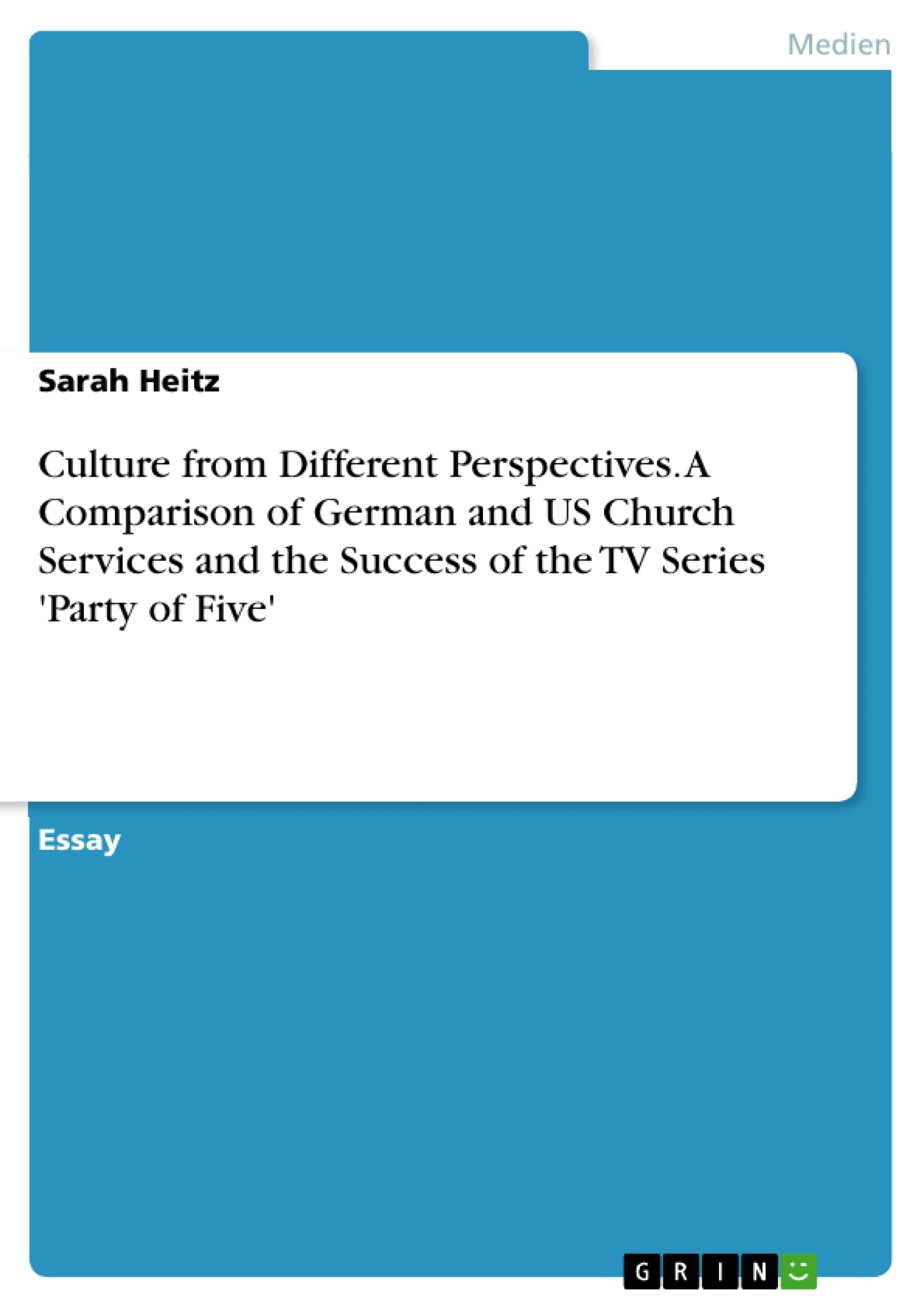The term “culture” can be defined in many ways. In these two essays, “culture” is used in the sense of a shared system of attitudes, beliefs, values and behaviour, according to Robert Gibson’s book on “Intercultural Business Communication” and the “Intercultural Communication”. In addition, for the purpose of this work “culture” refers to the national culture of Germans and US Americans in demarcation to other stratifications of “culture” such as corporate culture, class culture or other types of culture, if not explicitly referred to otherwise. The applied specifications of the German culture and the US culture in these essays are in accordance with the findings of the course and the scrutinized and scientific findings in the book. That does not mean that all Germans or all Americans are like that and fit into these descriptions.
Before the essay starts to describe the authors’ experience in a “foreign” culture, it will introduce the author in respect to what feels like “home” or “native” culture, in order to display the differences between her home and the foreign culture. Then it will mention the differences between German and US culture and then move on to compare the US national culture with those of a religious subculture in the US by using the diagram by Kluckholm & Stodtbeck. After all, any individual comprises numerous cultural values and is formed by many different types of culture. Comparing and contrasting the two church services will not reveal the national culture of Germany and the US. However, on first sight, the two different styles of church services seem to correlate exactly with their respective national culture.
Inhaltsverzeichnis (Table of Contents)
- Four hours in another culture
- Comparing and contrasting the two church services
- Similarities and differences between the cultural values of US Americans in general and US Americans who belong to the South Side Baptist church congregation
Zielsetzung und Themenschwerpunkte (Objectives and Key Themes)
Dieser Text untersucht die kulturellen Unterschiede zwischen Deutschland und den Vereinigten Staaten anhand eines Vergleichs von Gottesdiensten und des Erfolgs der Fernsehserie "Party of Five".
- Kulturelle Unterschiede zwischen Deutschland und den Vereinigten Staaten
- Vergleich von katholischen und baptistischen Gottesdiensten
- Der Einfluss von Kultur auf das Individuum
- Kulturelle Werte und deren Auswirkungen auf das Verhalten
- Das Konzept der "peach & coconut" Kultur
Zusammenfassung der Kapitel (Chapter Summaries)
- Der Text beginnt mit einer persönlichen Erfahrung der Autorin, die einen Austauschschüleraufenthalt in Huntsville, Alabama, verbrachte. Dort erlebte sie den Unterschied zwischen deutschen und amerikanischen Gottesdiensten und stellte fest, dass die beiden Kulturen unterschiedliche Werte und Traditionen besitzen.
- Im zweiten Teil des Textes wird die Autorin darauf eingehen, warum ein Vergleich der Gottesdienste allein nicht ausreicht, um die kulturellen Unterschiede zwischen Deutschland und den Vereinigten Staaten zu beleuchten. Sie erklärt, dass die katholische Kirche und ihre Rituale viel älter sind als die nationalen Kulturen beider Länder und dass die Geschichte der Vereinigten Staaten durch die Entwicklung des Baptismus geprägt wurde.
- Im letzten Kapitel vergleicht die Autorin die kulturellen Werte der US-amerikanischen Bevölkerung im Allgemeinen mit denen der Mitglieder der South Side Baptist Church. Sie kommt zu dem Schluss, dass der Individualismus in den Vereinigten Staaten vorherrscht, während die South Side Baptist Church einen starken Kollektivismus fördert.
Schlüsselwörter (Keywords)
Dieser Text beschäftigt sich mit den Themen Kultur, interkulturelle Kommunikation, Vergleich von Kulturen, Religion, Nationalkultur, Gottesdienste, Katholische Kirche, Baptismus, Individualismus, Kollektivismus, "peach & coconut" Kultur.
- Quote paper
- Magistra Artium Sarah Heitz (Author), 2005, Culture from Different Perspectives. A Comparison of German and US Church Services and the Success of the TV Series 'Party of Five', Munich, GRIN Verlag, https://www.grin.com/document/308739



